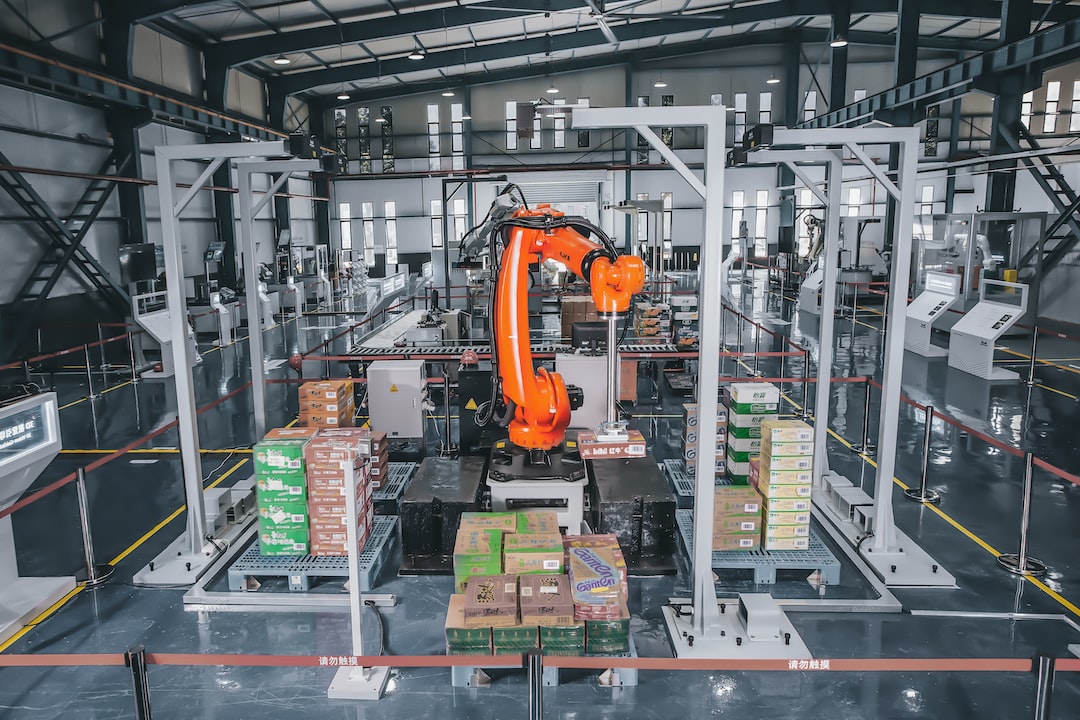AI-Powered Predictive Maintenance: Maximizing Equipment Efficiency and Uptime
In today’s fast-paced and tech-driven world, businesses are constantly seeking ways to maximize efficiency and minimize downtime. One area that has seen significant developments in recent years is predictive maintenance, and with the power of artificial intelligence (AI), the possibilities for optimizing equipment performance are endless.
Traditional maintenance practices often involve scheduled routine check-ups and repairs. However, this approach can be costly and inefficient, as it may lead to unnecessary downtime and expenses. Moreover, unexpected breakdowns can disrupt operations and cause significant losses for businesses.
This is where predictive maintenance powered by AI comes into play. By leveraging the capabilities of AI algorithms, businesses can collect and analyze vast amounts of data from their equipment to predict potential issues before they occur. This proactive approach allows for timely maintenance interventions, leading to increased equipment efficiency and reduced downtime.
AI-powered predictive maintenance offers several significant advantages over traditional methods. Firstly, it enables businesses to shift from reactive to proactive maintenance strategies. Instead of waiting for a breakdown or failure to occur, businesses can detect early warning signs through AI algorithms that analyze data such as temperature, vibration, sound, and performance patterns. By identifying anomalies, businesses can take preventive actions to address potential issues before they escalate, reducing the risk of equipment failure and avoiding unplanned downtime.
Secondly, AI algorithms can learn and adapt over time, improving their predictive accuracy as they gather more data. Machine learning techniques allow these algorithms to analyze historical and real-time information, identifying patterns and abnormalities that may not be discernible to human operators. By continuously learning from data, AI algorithms can refine their predictions, making them more precise and reliable with each iteration.
Aside from increasing uptime and equipment efficiency, AI-powered predictive maintenance also offers cost-saving benefits. By adopting a preventive maintenance approach, businesses can avoid expensive emergency repairs and extend the lifespan of their equipment. Additionally, scheduled maintenance can be optimized based on actual usage patterns, reducing unnecessary maintenance and associated costs. AI algorithms can help optimize the maintenance schedule by analyzing data trends and usage patterns, enabling businesses to allocate resources more effectively and efficiently.
Moreover, AI-powered predictive maintenance can enhance overall operational efficiency. By providing real-time insights into equipment performance, businesses can better plan maintenance activities and allocate resources accordingly. This proactive approach ensures that maintenance actions are carried out at optimal times, minimizing disruption to operations and maximizing overall productivity.
Implementing AI-powered predictive maintenance requires the integration of various technologies and systems. IoT sensors can be installed on equipment to collect relevant data, which is then transmitted to a central AI system for analysis. This system must have the capacity to handle and process large amounts of data in real-time. Additionally, it should include machine learning algorithms that can interpret and learn from this data, enabling accurate predictions and proactive maintenance interventions.
In conclusion, AI-powered predictive maintenance offers tremendous potential for businesses to maximize equipment efficiency and uptime. Through the analysis of data and the use of machine learning algorithms, businesses can shift from reactive to proactive maintenance strategies, leading to reduced downtime, improved operational efficiency, and significant cost savings. By harnessing the power of AI, businesses can optimize their maintenance efforts and ensure uninterrupted operations in an increasingly competitive landscape.
